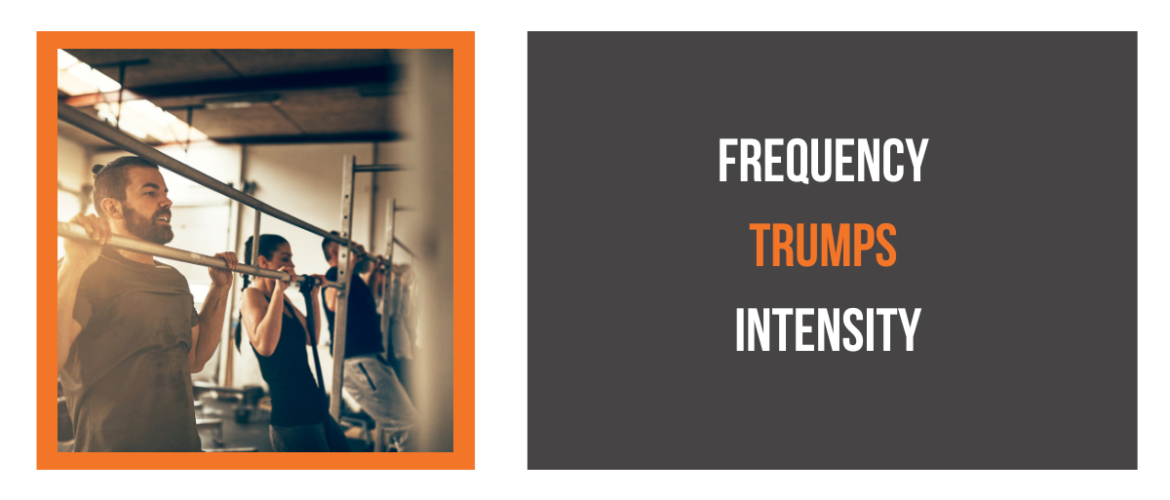GET IN TOUCH TODAY!
"*" indicates required fields

When it comes to designing a workout routine, the choice between whole-body workouts and split routines can be a perplexing one. Both have their proponents, but in recent years, whole-body workouts have gained popularity for their effectiveness and efficiency. In this article, we will explore the benefits of whole-body workouts, delve into the science behind them, and discuss how you can design your own personalised whole-body workout routine. So let’s get started!
Whole-body workouts, as the name suggests, involve targeting multiple muscle groups in a single session. Unlike split routines that focus on specific muscle groups on different days, whole-body workouts aim to engage the entire body during each workout. This approach ensures that every muscle gets trained regularly, leading to overall strength and conditioning.
Whole-body workouts capitalise on the principle of muscle protein synthesis, which is the process that helps muscles repair and grow stronger after exercise. By stimulating all muscle groups in each session, you create a continuous cycle of muscle recovery and growth.
Furthermore, these workouts trigger a hormonal response, releasing growth hormone and testosterone, which are essential for muscle development. The increased hormonal response leads to overall strength gains and improved body composition.
Designing an effective whole-body workout requires careful planning and consideration. Here are some steps to follow:
While split routines have their advantages, whole-body workouts offer unique benefits. Let’s compare the two:
To personalise your whole-body workout, consider the following factors:
To optimise the results of your whole-body workouts, pay attention to nutrition and recovery:
Can whole-body workouts help with weight loss?
Yes, they actually increase caloric expenditure and boost metabolism, making them effective for weight loss.
How often should I do whole-body workouts?
Aim for two to three sessions per week to ensure regular training of all muscle groups.
Can beginners do whole-body workouts?
Yes, whole-body workouts can be modified to suit different fitness levels, including beginners.
What if I don’t have access to a gym?
Whole-body workouts can be performed with minimal equipment or even with just bodyweight exercises, making them suitable for home workouts.
Can I combine whole-body workouts with other forms of exercise?
Absolutely! Whole-body workouts can be complemented with cardio exercises, yoga, or any other form of physical activity that aligns with your goals.
Are total-body workouts suitable for bodybuilders?
Yes, check out this video by Jeff Nippard, who explains how they could even be superior for building muscle mass.
Whole-body workouts offer numerous advantages over split routines, including time efficiency, increased caloric expenditure, and enhanced muscle recovery. By targeting multiple muscle groups in each session, you stimulate muscle growth and overall strength gains. Remember to personalise your whole body workout routine based on your goals, fitness level, and equipment availability. Pay attention to nutrition, hydration, and rest to optimise your results. So, give whole-body workouts a try and experience the benefits for yourself!
Check out our fitness courses; whether you want to start a career as a fitness instructor or already working in the leisure industry and want to develop your skills, we’ve got you covered. Head over to our courses page, or if you need assistance, reach out to one of our tutors via our contact page.
If you want to benefit from our expertise face-to-face, learn some new skills, and network with other like-minded people, then book one of our workshops.
Don’t forget to subscribe to our newsletter to receive our weekly motivational tips, advice, discounts, offers and support to help you succeed in the health and fitness industry.
"*" indicates required fields